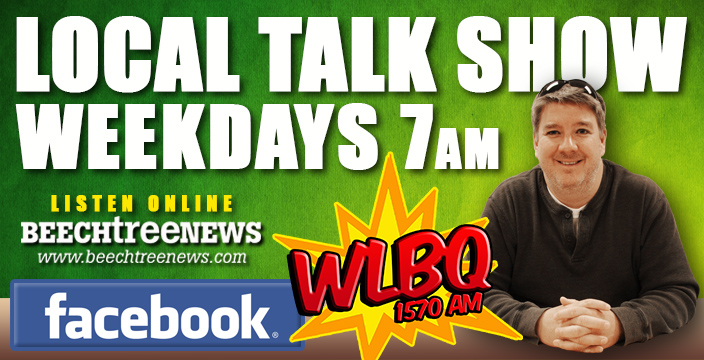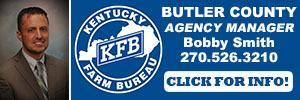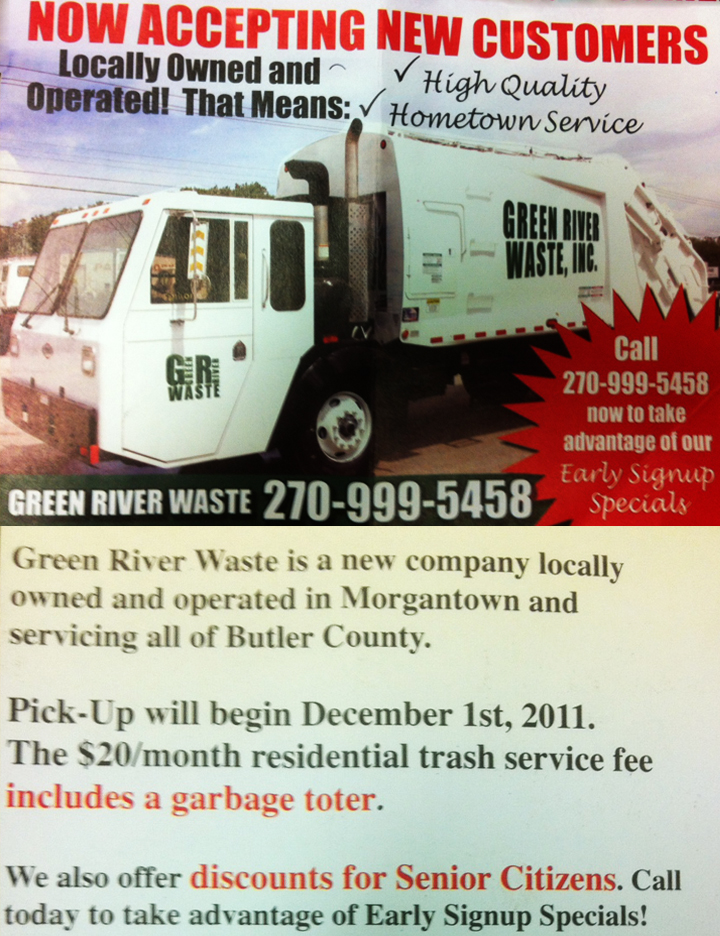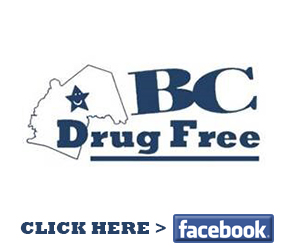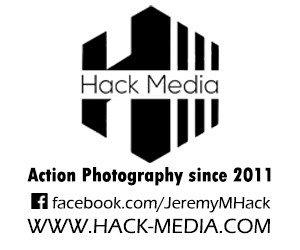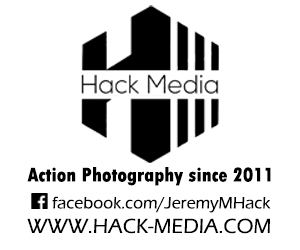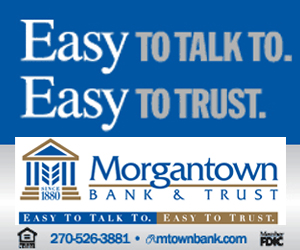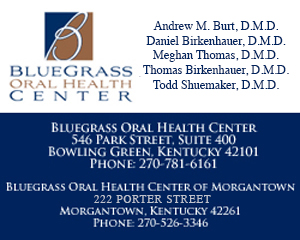Andy Sullivan: Against the Grain
This week is the final subject in this season of Dark Side of the 90’s from Vice Network. This week: rave culture. In the ‘90’s, what many young people crave is an all-night music and drug-fueled rave. But eventually, all those good vibes provoke authorities to harsh partygoers’ buzz. The government cracked down. Criminals preyed on fun-seeking ravers and the bright, naïve promise of the rave movement got twisted into something darker.
The rave can be traced back to an innovation in the 1980’s. The Roland TR-808 was a user-friendly electronic drum machine that helped launch a revolution in contemporary music. Wannabe music producers now had a cheap and easy way to produce electronic music and it quickly takes over makeshift dance venues in cities like Chicago. The creation of house and techno music in Detroit is only half of the rave origin story.
The other half is how mood lifting pharmaceuticals called MDMA finds its way into U.S. nightclubs. If you want to start back to when MDMA was patented, you must go all the way back to 1912 and chemist Anton Kollisch. It was used to enhance psychotherapy in the 1970’s and became a popular street drug in the 1980’s. It’s associated with dance parties, raves and electronic dance music (EDM).
MDMA soon gets a street rebrand and is now called ecstasy. More and more people were taking the drug, which was not yet illegal. President Ronald and First Lady Nancy Regan’s Just Say No campaign in the ‘80’s, along with the DEA’s response of emergency scheduled hearings to determine the fate of the popular party drug, resulted in schedule one classification. This means MDMA was classified as LSD and heroin as a drug with high potential for abuse.
“House music becomes very popular with older, blacker, Hispanic crowds and the gay dance scene”, says author and music journalist Michaelangelo Matos. In 1986, in New York’s famous Paradise Garage club, Frank Owen gets his first taste of combining house music and ecstasy. “It was like nothing I’d ever experienced before. It was a combination of music, drugs, the sense of community sense of acceptance. If you’re here to dance, you are welcome. That was what I fell in love with”. But this precursor for rave culture remains underground in the U.S. This was in part due to ‘80’s homophobia fueled by the AIDS crisis.
House music began to get popular in Europe in the late ‘80’s. In 1987, several British deejays go to the island of Ibiza. They encounter a deejay named Alfredo playing in an indoor club. These deejays take MDMA at this party. When they come home, they start throwing parties to attract crowds. In Britain suffering from an economic downturn, young people gravitated to this new kind of party that can be enjoyed with just having a decent pair of dance shoes and a purchase of some low-cost MDMA. It became pop-culture within a year. What started in nightclubs quickly spread to any place that can power a massive sound system and accommodate a large group of people. These parties were called raves. By 1988-89, the MDMA fueled phenomenon was dubbed the second summer of love. As the ‘90’s began, teenagers in the United States are craving something new. When young urban Americans learn their U.K. counterparts are commandeering buildings to throw unauthorized music and drug-powered parties, they were like “sign us up”. Warehouse parties started happening in 1989 on the west coast. The growing L.A. scene books someone they think is a big-name talent from Brooklyn named Frankie Bones. He was from the U.K. but had a Brookly accent as he’s originally from there. He soon learned he’d made a deal with the devil in the City of Angels. “They taught me how to break into warehouses. You cut the lock on the gate, put your own lock on a Sunday. If you come back on Thursday and the lock is still on the gate, you know you can throw a party there because nobody’s gonna come check on you”
For people like DJ/producer/rave journalist Vivian Host, raves were more than house parties and ecstasy. It was a place to be accepted. As far as ecstasy goes, lack of detailed research on the drug was literally killing people. Not only was overheating a problem with those who took the drug, so was overhydrating. When teens start dying at raves, taking too much ecstasy was often blamed when the real cause of death was too much water intake. But in the early ‘90’s, the drug was always seen as the problem.
The return of Woodstock in 1994 brings a side stage devoted to electronic music called RaveStock. This was where rave was being introduced to the masses. Frankie Bones says “the biggest party I did was 5,000 people in 1992. Then by ’94-’95, there were 10,000 people parties”. Music industry executives soon see rave music as the next big thing. Electronic music producers such as Moby and Fatboy Slim quickly become music superstars. It’s essentially soundtrack music. Fashion shows, advertising and Hollywood movies is the way EDM becomes mainstream. Nothing kills a cool underground scene like being accused of selling out and, God forbid, becoming popular. “The capitalism of it was always there but, bit by bit, it started to become more about money and big business”, says Vivian Host. “It happened to hippie. It happened to punk. It’s not a good or bad thing. It’s just natural process”.
By the mid ‘90’s, pills being sold as ecstasy were knock-offs and contained more speed and other drugs. People started experimenting with other chemicals and it was a problem. People were dying. By the late ‘90’s, bad drugs and bad behavior were causing the rave scene to buckle under its own weight. Media concern about drug use at raves gains momentum. Then comes the disastrous return of Woodstock in 1999. Unlike the peaceful version five years earlier, this one descends into chaos: inadequate security and facilities, multiple sexual assaults and four deaths marred the event.
In 2001, the U.S. Senate convened a 10 year late hearing into what they see as the scourge of ecstasy at raves. To extend the Crack house Law put into effect by then Delaware Senator Joe Biden to include raves, Biden co-sponsors a bill called the RAVE act: Reducing Americans Vulnerability to Ecstasy. It underlined the idea that if you are in any way connected to this culture, you are risking arrest. Biden gets the bill passed. It was irrelevant at that point. Party promoters were scared to death of throwing a party in fear of being raided. It wasn’t until 2006-07 that things started picking up again, with the music, now rebranded as EDM or electronic dance music on the rise, It became bigger business than it ever was in the ‘90’s. It even has its own music chart along with rock, pop, country, etc. As for the drug that helped launch the rave culture, after 36 years as a schedule-one drug, improved scientific knowledge allows MDMA to return to its therapeutic roots. In 2021, expanded use of ecstasy was approved for PTSD therapy. Impressive trial results are submitted to the FDA for approval in 2023. 35 years after the first U.K. raves, the global movement shows no signs of stopping. You have Coachella, Burning Man and Bonaroo to name a few. They probably aren’t thought of as raves today but, at their core, they are.
I hope you’ve enjoyed my 10-week recap of this season of Vice’s Dark Side of the ‘90’s series. Check out my Blendertainment vlog at the link and thanks for reading! https://youtu.be/JysvxMF7mJk?si=K5QlaKaiDWwpzQ0A







